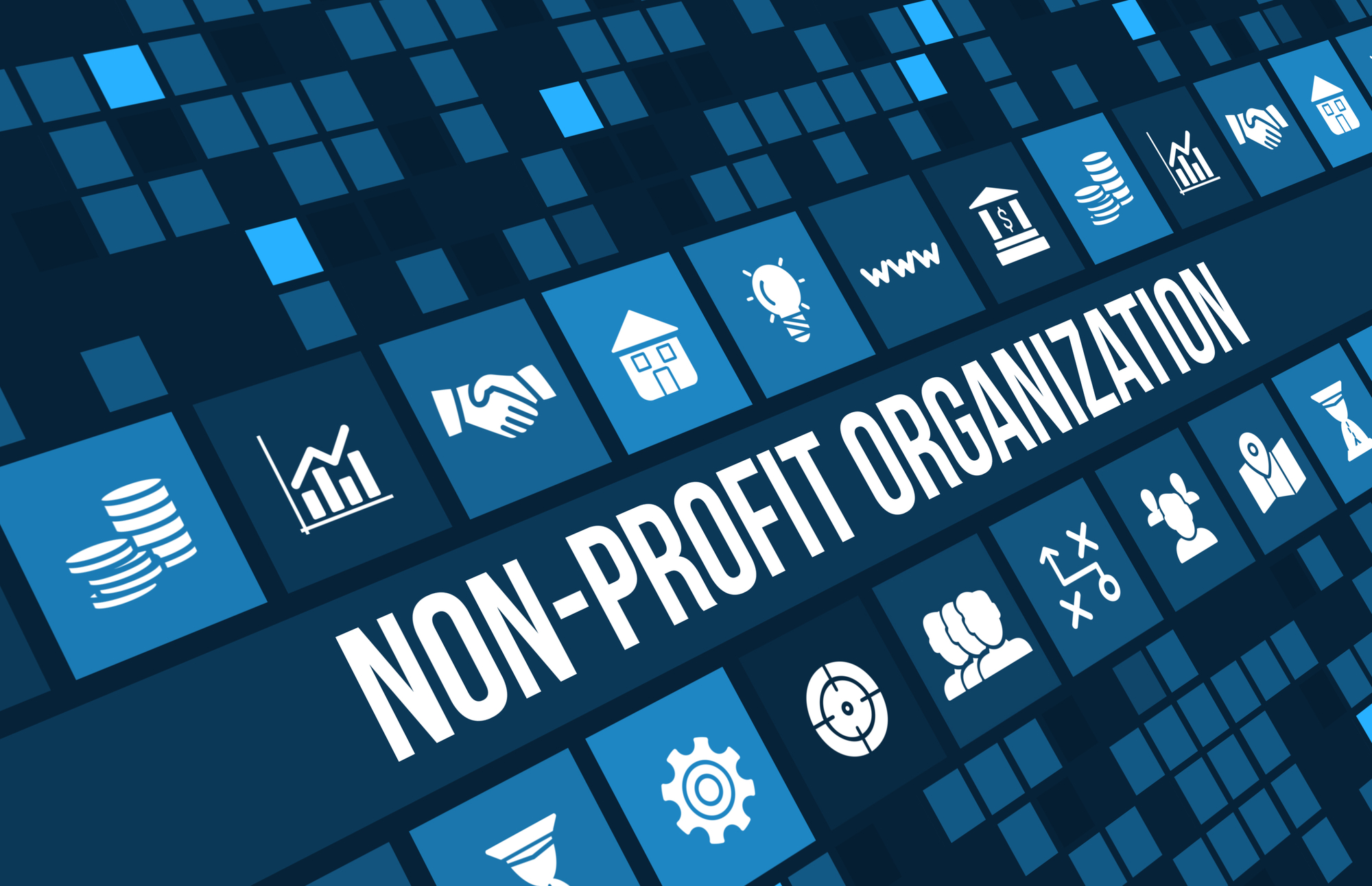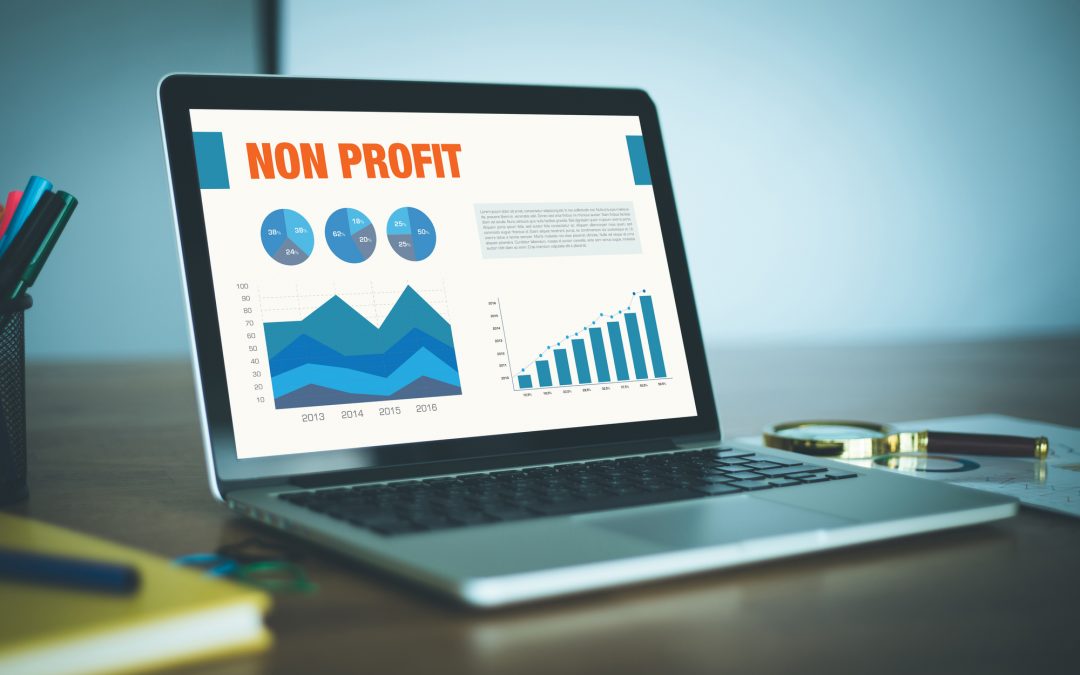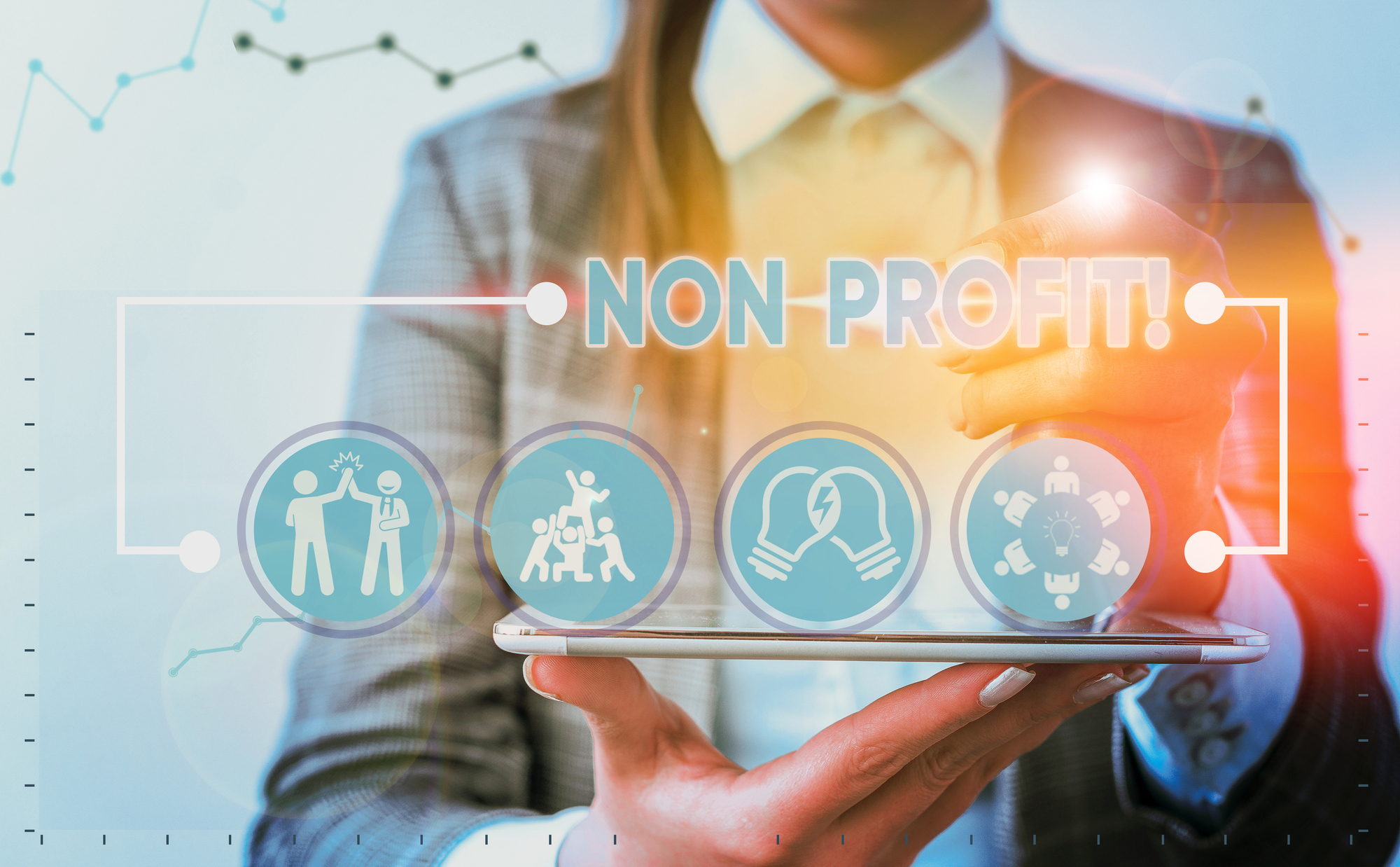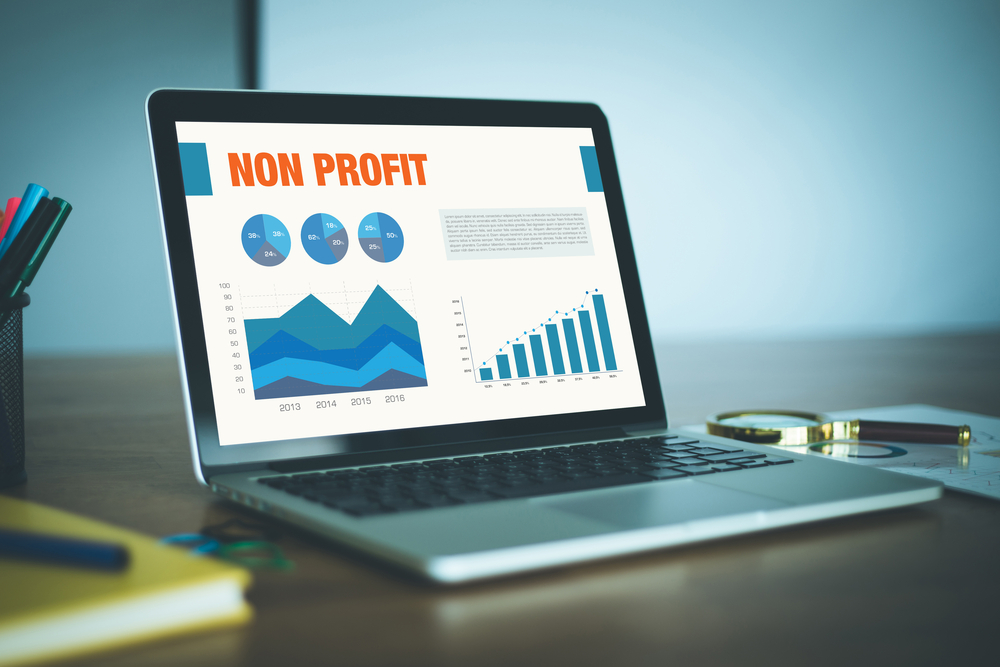All You Need to Know About Nonprofit Cybersecurity
Cyberattacks do not always target large corporations. Nonprofit groups have a wide range of sensitive data that could be exposed in any form of a data breach, which makes nonprofit cybersecurity very important. Some of the threats include:
- Mailing list
- Forms for donations
- Meeting records
- Surveys for research
Donor contact information such as name, home addresses, email addresses, and so on.
Background data, medical records, and other sensitive and individually identifying information.

Popular Nonprofit Cybersecurity Threats
Nonprofits acquire and maintain a plethora of confidential donor information and are more prone to become a victim of cybercriminals than huge companies since they are often easier to access. Nonprofits are exposed to cyber-attacks in a variety of ways, including:
1. Under Resourcing
Because of limited resources, smaller NGOs frequently prioritize other mission-driven projects above nonprofit cybersecurity. As an outcome, approximately 60 percent of nonprofit firms do not provide frequent nonprofit cybersecurity education to their employees and volunteers, nor do they have any cybersecurity experts in their organization.
2. The use of Lax Security Measures
On average, hackers hit more than 2,000 times daily, and they really don’t care whether it’s for-profit or nonprofit businesses. They are merely seeking an organization that is conveniently accessible to them. Because organizations believe they are not a target for hostile attacks, nonprofit cybersecurity precautions are frequently inadequate.
3. Making Use of Outdated Technology
Nonprofits, as said before, may not necessarily have the means that other businesses do. As a result, they may not be capable to invest in new technology as frequently as they would need. Using obsolete devices and software can make your company more vulnerable to a cyberattack.
4. Inadequately Handling Donor Information
Many firms rely on excel spreadsheets or obsolete software to collect and keep sensitive donor information. These insecure ways of data storage can make it simpler for fraudsters to acquire access.
5. Unrestricted Access to Systems
Once all staff have access to all sections of the company’s platforms and systems, an unwarranted danger of unauthorized access is created. Cybercriminals can gain entry to your company’s important papers by infiltrating your employees’ computer systems.
Methods to Increase Nonprofit Cybersecurity in Your Organization
Trying to mitigate the danger of a cyber attack is only feasible if the company is aware of its vulnerabilities.
The process of prioritizing, identifying, defining, and classifying weaknesses in computer systems, software, and network infrastructures is known as vulnerability assessment. This examination can equip your nonprofit organization with the information it needs to evaluate and respond to dangers to its environment, such as cyberattacks.
Despite the absence of vulnerability assessment, your nonprofit can undertake several enhancements to decrease risk, which include:
1. Creating Data and Security Protocols and Implementing Nonprofit Cybersecurity Policies
A comprehensive plan can help to ensure that possible nonprofit cybersecurity dangers are recognized and planned for, as well as that proper remedies are put in place to reduce the damage.
Every company, ideally, ought to have an IT individual or group that staff members can reach out to during the occurrence of a nonprofit cybersecurity incident. Someone they can approach, for example, if they get an email that appears to be a phishing scam. This individual needs to be able to examine, assess the scope of a threat, and alert the other bodies in the company to a propagating fraud.
You can also employ an outside agency, to assist you in running your nonprofit cybersecurity program at a lesser cost.
2. Address Physical Security Threats
Physical security hazards, such as keeping a computer open or passwords scrawled on sticky notes, can potentially pose a significant threat to the security of a nonprofit firm.
Staff should make sure that their workplace is secure, and companies must offer staff training on cyber threats and best practices for working at home, as working from home is becoming more common. If your organization has IT protocols in place, they must be addressed during the onboarding process for new employees and volunteers.
3. Password Administration
While password change notifications can be bothersome, they are a necessary evil for protecting company cell phones and computers, especially while working in a shared office. Multi-factor verification improves cyber security for non-profits by requiring users to provide not just a password, but also a code sent to their phone. If there is any worry that authentication codes from SMS messages may be compromised, programs like Google Authenticator might be used instead.
4. User Access Control
Most software products enable administrators to tailor end-user access and authorization levels based on staff responsibilities.
You must carefully examine each employee’s amount of access to classified data. If access is not required as part of an employee’s job, then limit it. These constraints can always be altered in the future. Nonetheless, you should verify that the decisions are documented and evaluated regularly to preserve their relevance, especially if an employee leaves.
5. Use of a Secure PC and SmartPhone
A cyberattack can affect any device. You should do the following to secure your devices:
Make sure you have malware & firewall software, and antivirus that security patches are up to date, and that you have a backup method in place.
Keep mobile phone software up to date to make devices secure.
Always opt for an email provider that provides Secure Sockets Layer encryption (SSL).
Inform your staff and volunteers not to use unknown USBs because they may contain malware.
Make sure that all users are educated in the safe and secure use of technology, such as demonstrating to staff how to detect a phishing email and whether a link is authentic before clicking.
When connecting to public Wi-Fi networks, use a password-protected VPN.
When working with private or sensitive data on cell phones, try using encrypted communications apps such as WhatsApp.
Conclusion
The obligation of securing donor data and the organization’s data falls on your shoulders as the leader of a nonprofit firm. Data breaches can cause irreversible reputational damage, so your staff must understand everything they must do to keep the organization safe.










